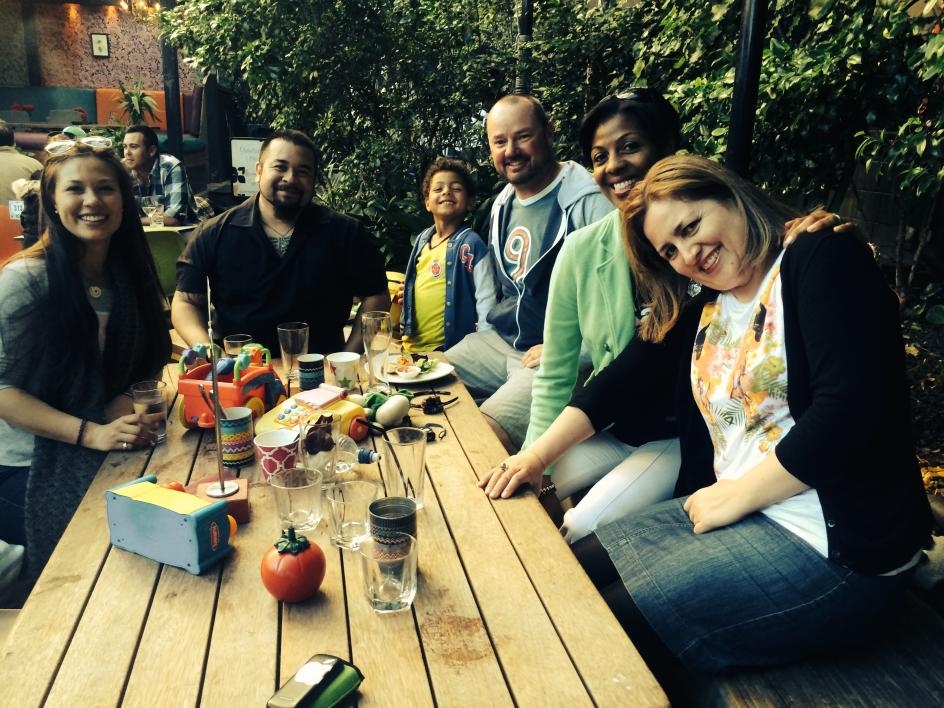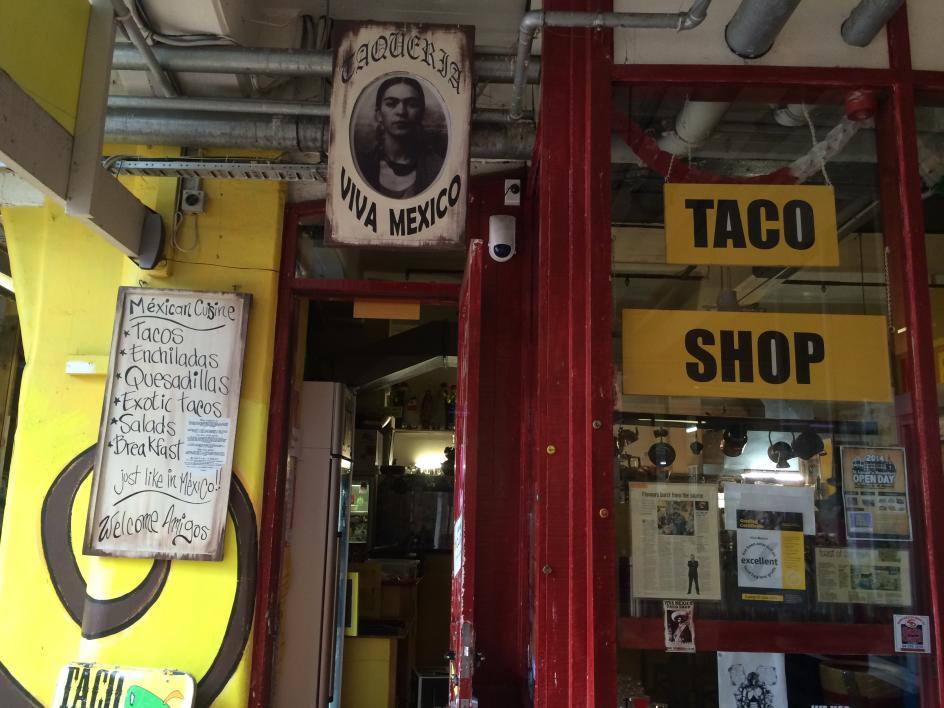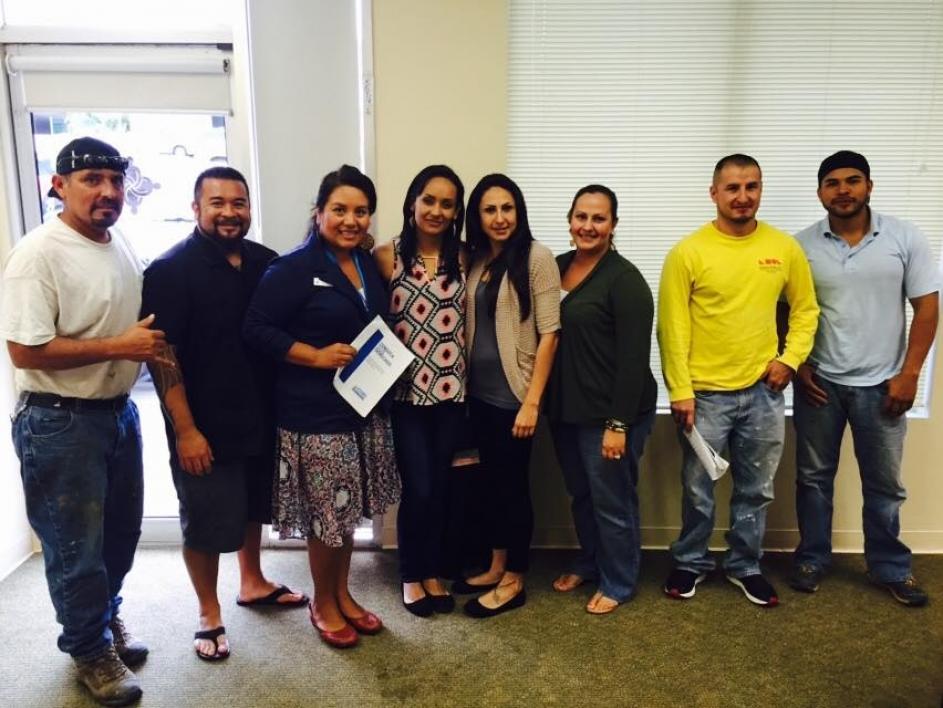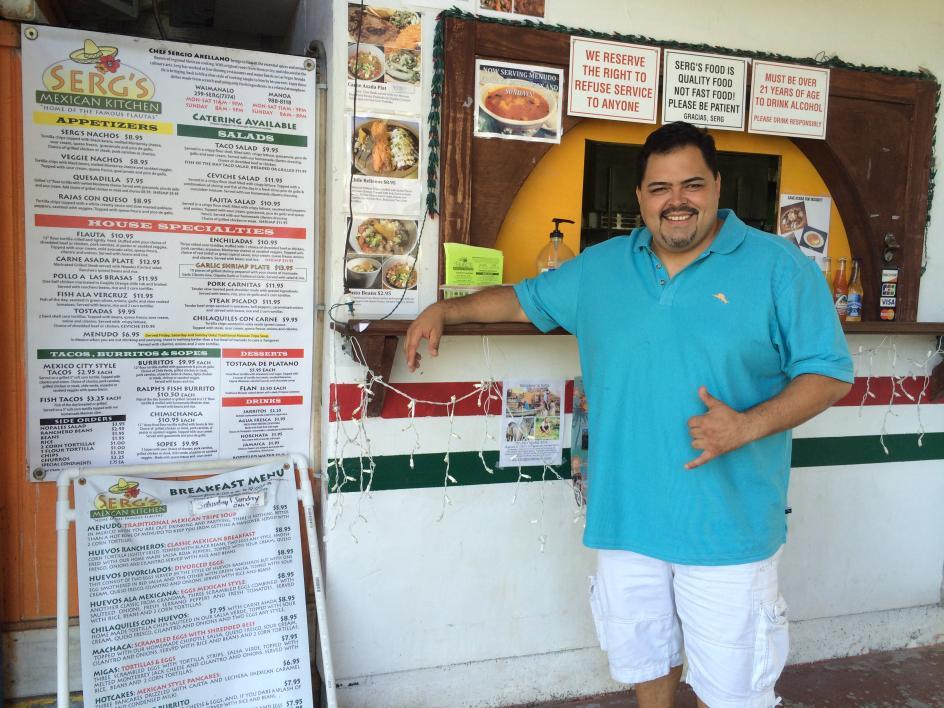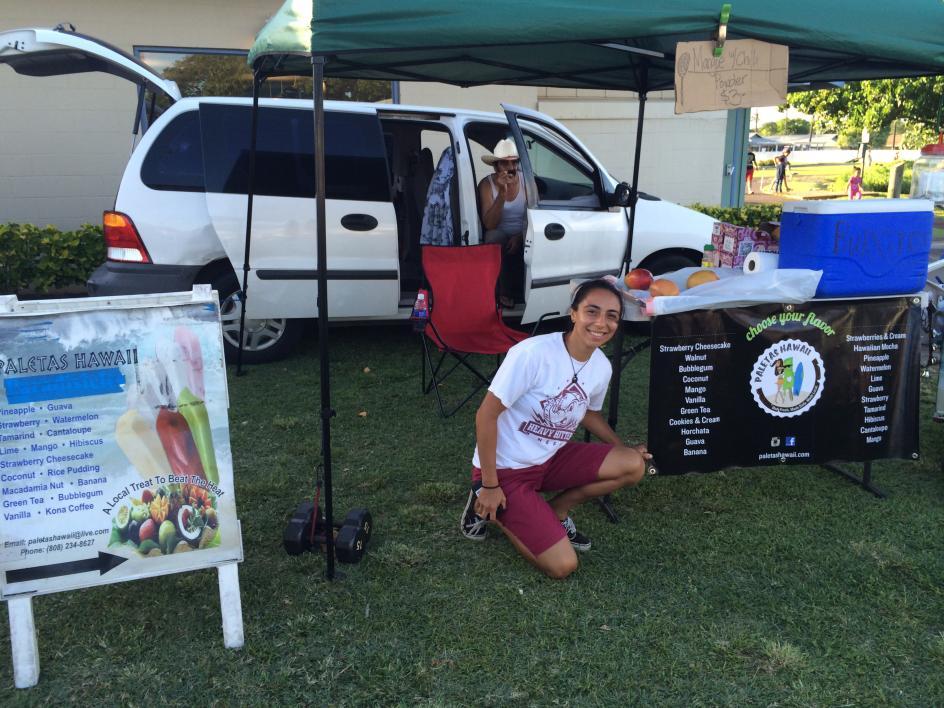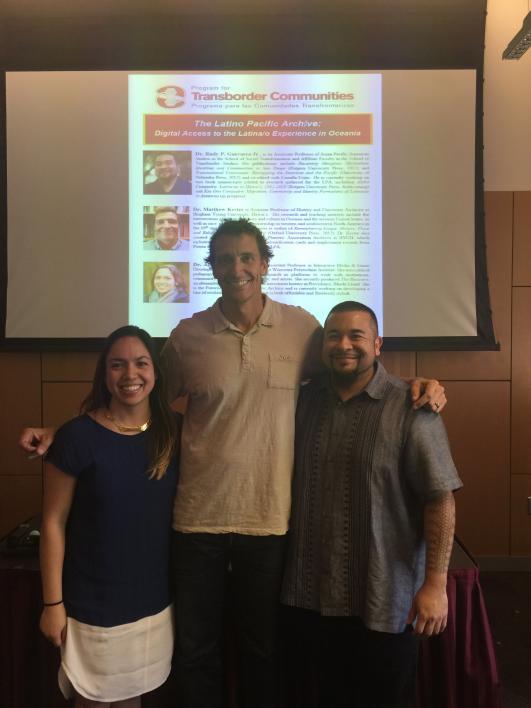Aquatic 'boarder-lands'
Documenting the history of Latinos in the Pacific is the focus of online archive supported by ASU transborder seed grant
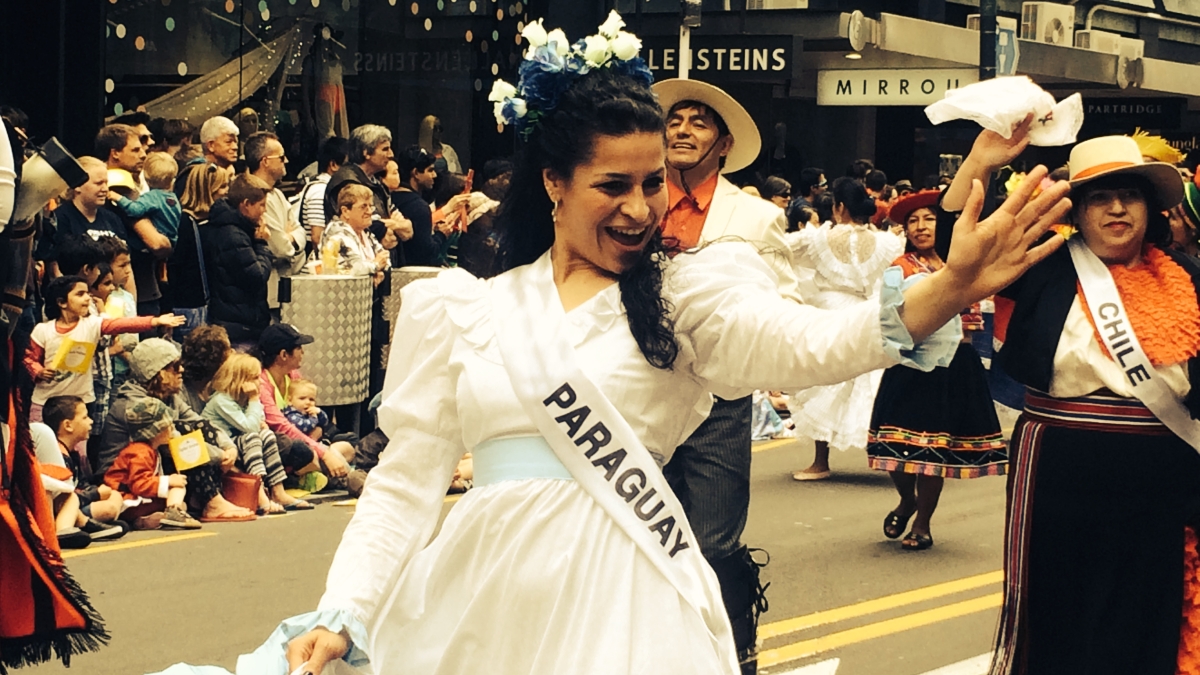
Written in plain block letters on a whiteboard is a menu that includes such items as tacos, enchiladas and quesadillas. Above it is a sign featuring a woman who bears a curious resemblance to famed Mexican painter Frida Kahlo. The sign reads “Taqueria Viva Mexico.”
Except this isn’t Mexico, or even Arizona for that matter. It’s New Zealand — or, as it is more colloquially known, Aotearoa — and many may be surprised to discover that it has a growing population of Latinos.
But in fact, Latinos have had a strong presence in the PacificThe Pacific refers to the region of the world, also known as Oceania, that includes the islands of the tropical Pacific Ocean, or more broadly, the entire insular region between Southeast Asia and the Americas, including Australasia and the Malay Archipelago. ever since 1832, when King Kamehameha III of Hawaii invited Mexican vaquerosThe Spanish term for cowboys or cattle drivers. from what is today California to help Native Hawaiians deal with their rampant cattle population. Puerto Ricans soon followed in the early 1900s, and since then, Latinos have been slowly but steadily migrating to the Pacific region, drawn by the economic opportunity presented by its robust agricultural labor market.
Rudy Guevarra Jr.Guevarra is an associate professor in ASU’s School of Social Transformation and affiliate faculty in ASU’s School of Transborder Studies, both academic units in the College of Liberal Arts and Sciences. His interest lies in how multiethnic identity and communities are developed and sustained throughout generations., an ASU associate professor of Asian Pacific American studies, is in the process of writing a book“Aloha Compadre: Latina/os in Hawaiʻi, 1832-2010” is Guevarra’s second, single-authored book. His first is “Becoming Mexipino: Multiethnic Identities and Communities in San Diego.” about the phenomenon titled “Aloha Compadre: Latina/os in Hawaiʻi, 1832-2010.” His researchGuevarra received funding from an Institute for Humanities Research seed grant as well as a Comparative Border Studies Program research grant to help facilitate his research for "Aloha Compadre." for the book will be the foundation for the development of the Latino Pacific Archive. Along with colleagues Matthew Kester of Brigham Young University–Hawaiʻi and Alexandrina Agloro of Worcester Polytechnic Institute, Guevarra has received a grant from ASU’s School of Transborder Studies’ Program for Transborder Communities to get the project off the ground.
"Oftentimes we see the American Southwest as the area of the borderlands. ... But I saw it as going even further, into these aquatic regions that are expanding what we know as the traditional borderlands today — borders as not just terrestrial but aquatic."
— Rudy Guevarra Jr., ASU associate professor of Asian Pacific American studies
Launched in July 2014, the Program for Transborder Communities (PTC) is an initiative that provides yearlong seed funding for ASU faculty conducting collaborative, interdisciplinary research on the changing needs and growing cultural, political and economic influence of Latinos in the U.S., as well as on cross-border issues faced by communities in the U.S.-Mexico borderlands and other border regions in the world.
During the 2015-2016 academic year, the program awarded three research cluster grants (one of which went to Guevarra and his team) and three individual research grants. It is now accepting proposals for the 2016-2017 academic year through May 6. Once again, a total of three research cluster grants and three individual research grants will be awarded.
“In the last two years we’ve provided funds for projects supporting the ideas of researchers representing 10 different units across the College of Liberal Arts and Sciences,” said program director and School of Transborder Studies associate professor Francisco Lara-Valencia. “The projects range from collaboration to promote healthy eating and active living along the U.S.-Mexico borderlands to the utilization of multimedia as a teaching tool to capture the history and livelihoods of transborder communities.”
The goal of the grants, Lara-Valencia said, is to seed the research activities that can then form the basis for external grant proposals.
What would eventually become the Latino Pacific Archive began with an idea that formed as a result of Guevarra’s many visits to Hawaii while finishing his dissertation, titled “Mexipino: A History of Multiethnic Identity and the Formation of the Mexican and Filipino Communities of San Diego.” (A native of San Diego himself, Guevarra’s use of the term “Mexipino” is in reference to his own Mexican-Filipino heritage.)
“I noticed as I kept going back that I kept seeing more Latinos there, and I kept hearing more and more Spanish spoken around me,” said Guevarra of his visits to Hawaii, where Latinos now make up roughly 10 percent of the population. “So I would have these informal conversations with people, and it was just fascinating hearing their stories and seeing where they had ended up and the work they were doing.”
Soon after, a colleague of his from Victoria University of Wellington told him about the growing Latino population there in New Zealand. Intrigued, Guevarra secured grant fundingGuvarra's trip to New Zealand was funded by a College of Liberal Arts and Sciences Humanities Seed Grant from ASU. and was able to travel there to observe and engage with its many Latino communities.
“It really made me think about how we imagine borders and borderlands, or la frontera,” he said. “Oftentimes we see the American Southwest as the area of the borderlands. ... But I saw it as going even further, into these aquatic regions that are expanding what we know as the traditional borderlands today — borders as not just terrestrial but also aquatic.
“There’s a really interesting phrase that a colleague of mine, Isaiah Walker [with Brigham Young University–Hawaiʻi], uses, which he coined; he uses the phrase 'boarder-lands,' like a surf board.
“The political and economic forces that compel people to migrate have pushed [Latinos] further and further out into places they probably never thought they’d be. ... The diversity of the Latino experience is not just confined to the Western Hemisphere … and I’m interested in how we deal with these changing demographics of our society.”
With Kester and AgloroKester is an assistant professor of history and university archivist at Brigham Young University-Hawaii. Agloro is an assistant professor of interactive media and game development, and humanities and arts at Worcester Polytechnic Institute. on board, the Latino Pacific Archive began to take shape and the team got to work creating one of the largest online repositories of sources on the Latino experience in the Pacific region. Still in the beginning stages, the archive will eventually include historical documents, oral testimonies, photographs, migration maps, historical timelines and even an interactive game.
Agloro is overseeing the development of the game aspect of the archive, which could end up looking like a first-person experience where the player navigates a particular space, making decisions as a character, or it could be a side scroller game where the character is already established and the player simply watches them go through the experience.
“There’s a lot of fun stuff we can do with interactive media and history,” she said. “I like idea of using game technology to do educational things, and we can use game technology to tell the histories of migration. ... We want it to be fun and engaging, but it could also be a passive-learning leisure activity.”
Right now, Agloro is conducting workshops to build the game through participatory design, which involves the input of the people whose stories will be told through the game.
“We are a globalized world, and migration is the reality of the world today. So it’s important to know about the person who is picking your coffee and your pineapples, and the reality is not necessarily what you see on packaging or as a tourist,” she said.
Indeed, the goal of the Latino Pacific Archives is for it to serve as a free resource for people everywhere who want to learn more about Latino migration in the Pacific. Guevarra even hopes the archive can be used in schools as a learning and teaching tool for K-12 students.
“If you can just click and get access to an archive or a photograph collection, or to some of the different things that we can dig up, you can see just how extensive this history is and how much the Latino populations have contributed to the economies and the social fabric of the places they now call home,” said Guevarra. “It’s something that I hope to keep building more and more as the years go by.”
Aside from educating people on how Latinos are forming successful new communities in the Pacific, the archive will also showcase how they’re maintaining ties to their homelands by keeping their traditional cultures alive in the diaspora.
“It’s just fascinating to see the different generations and the different ways people identify in the communities where they’re at now,” Guevarra said, “so [the archive] will also document cultural festivals and all the places where they’re making a space for themselves and integrating with the larger community. ... The Latino Pacific Archive is the vehicle for them to tell those stories.”
Top photo courtesy of Rudy Guevarra Jr., depicting a Christmas Day parade in Wellington, New Zealand, in December 2014.
More Arts, humanities and education
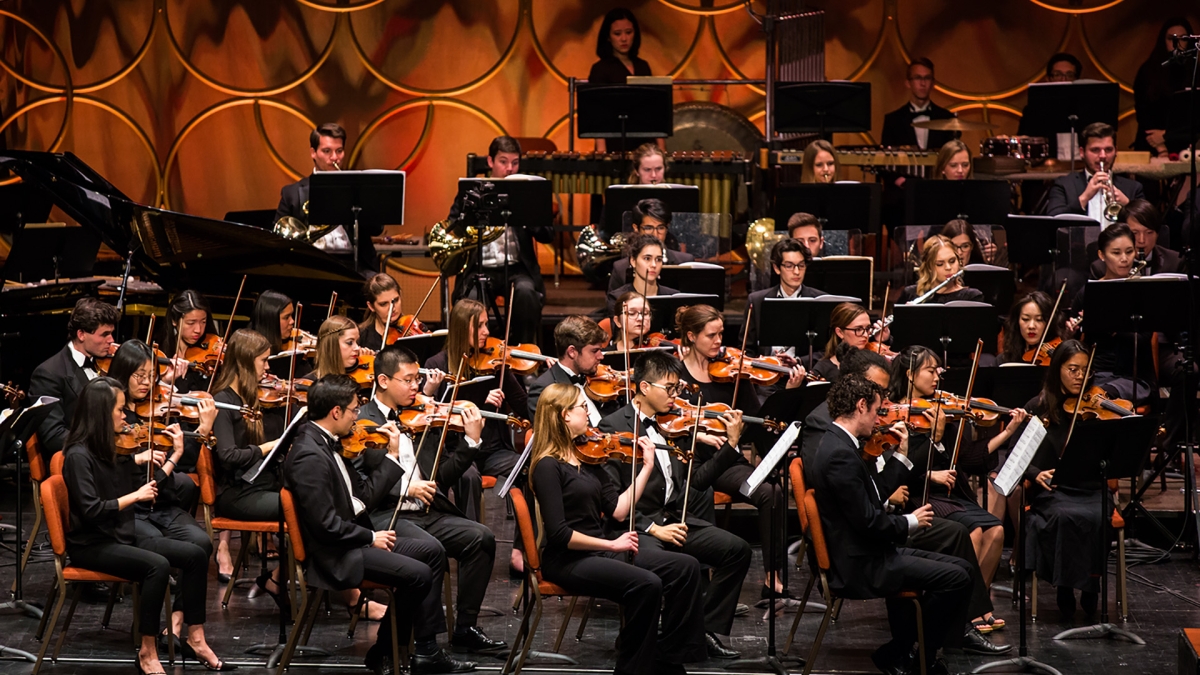
ASU Symphony Orchestra welcomes visionary conductor Jonathan Taylor Rush
Guest conductor Jonathan Taylor Rush will join Arizona State University’s Jason Caslor, director of bands, to lead the ASU Symphony Orchestra in their final concert of the season, “Trailblazers,” on…

Chemistry classes are key to art student's success
Amanda Barnette has a passion for art preservation. That means that, for the past four years, the Arizona State University student’s schedule was filled with classes that fit her artistic bent:…
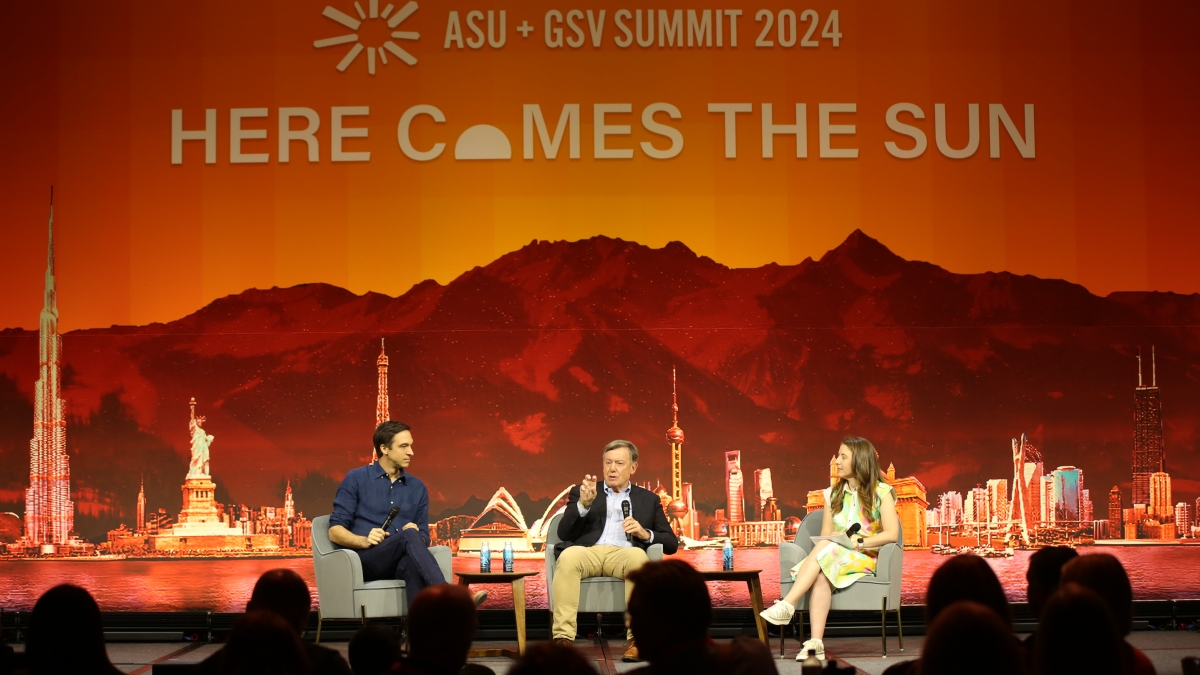
ASU+GSV Summit tackles big questions about AI, technology, education
Editor's note: We'll be updating this story daily throughout the summit. The annual ASU+GSV Summit kicked off in San Diego on Sunday, drawing thousands of leaders for a four-day event that focuses…
